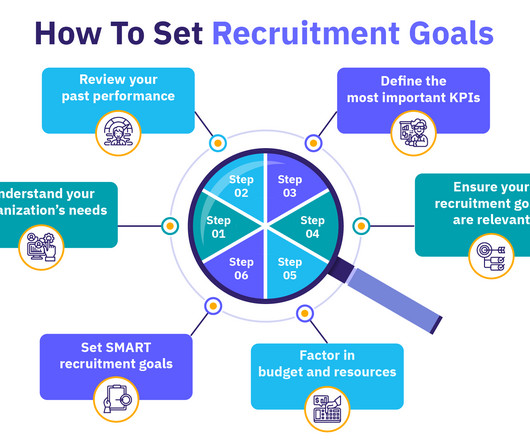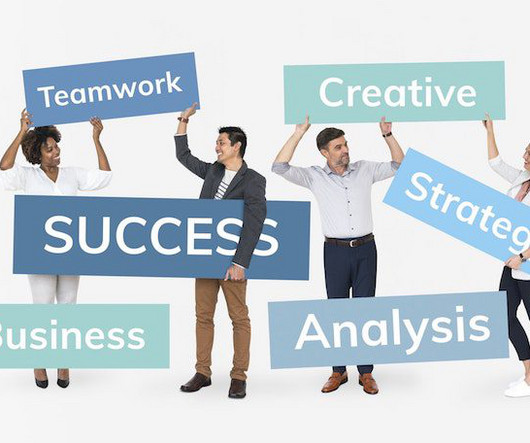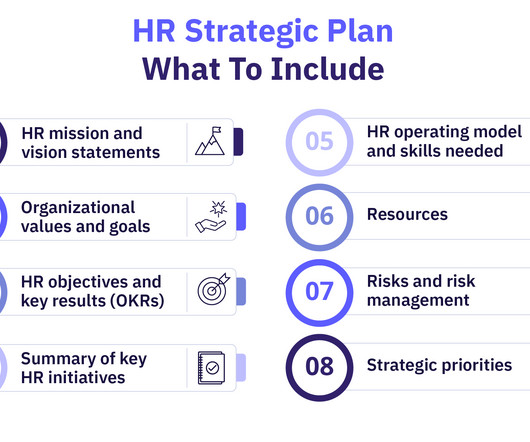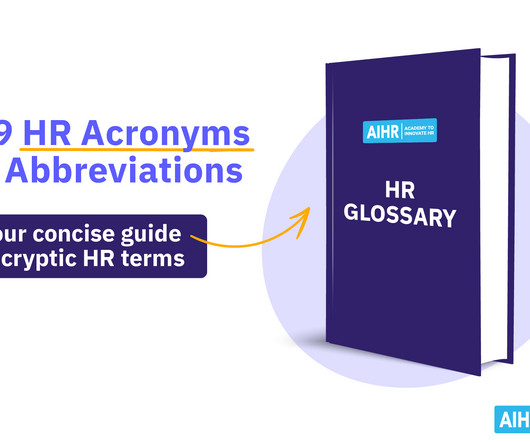10 Best Employee Engagement Software Solutions and Tools for 2024
Contact Monkey - HR
JULY 17, 2024
Adopting the right employee engagement software will transform how your team communicates and collaborates. From internal communication platforms to wellness solutions, we’ve rounded up our favorite team engagement tools for your workplace. See employee surveys What Is Employee Engagement Software?







































Let's personalize your content